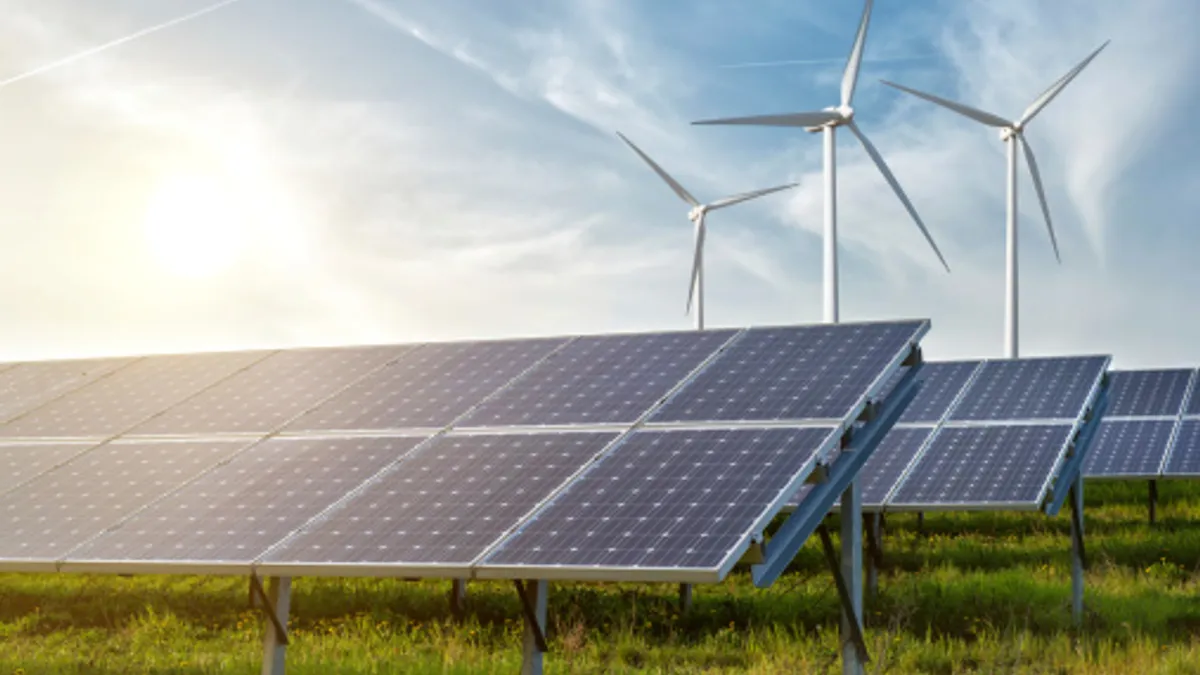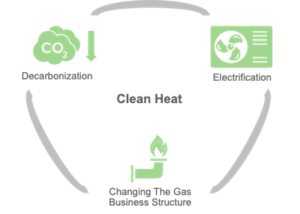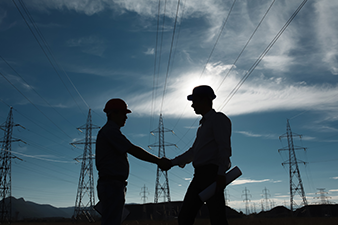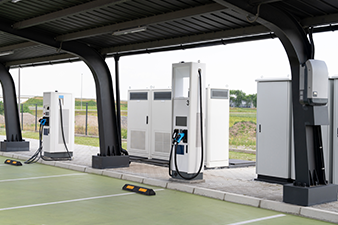
*As published in Utility Dive.
Among states with greenhouse gas (GHG) reduction targets, several are considering and implementing clean heat standards in which heating applications are examined for potential GHG reduction. What is “clean heat”? There is no single, universal definition that is accepted across all jurisdictions and forums. Our interpretation is that clean heat can be thought of as the intersection of decarbonization, electrification, and natural gas utility transformation.

Clean Heat in Massachusetts and Colorado
Massachusetts and Colorado are two states that are taking different approaches to clean heat but with similar central tenets. The approaches taken are as follows:
- Massachusetts: The Massachusetts Clean Heat Standard requires heating energy suppliers to replace fossil heating fuels with clean heat over time by implementing clean heat or by purchasing credits.[1] The standard is in place to help contribute to long-term emission limits set in the state’s clean energy and climate plans. Heat pumps are the primary heating source that is credited under the clean heat standard.
- Colorado: Colorado gas utilities are required to file clean heat plans that require them to reduce GHG emissions by 4% by 2025 and 22% by 2030. The clean heat plans can include a mix of supply- and demand-side resources. Eligible resources include energy efficiency, beneficial electrification, recovered methane, green hydrogen, and advanced leak detection and repair.
The different approaches taken by Massachusetts and Colorado demonstrate there are multiple and varied approaches with the same end goal—reducing GHG emissions. Each approach has varying implications for utilities, customers, and regulators.
Clean Heat Opportunities and Risks
The implications of clean heat standards differ based on one’s perspective, background, and which area of the energy sector is of primary interest. There are opportunities and risks associated with clean heat regardless of the sector a party serves. Some of the opportunities and risks include:
- Natural Gas-Only Utility
- Risks: loss of customers from the gas system; increased fixed costs to customers remaining on the system (i.e., consistent fixed costs spread across fewer customers); potential for stranded/underutilized assets
- Opportunities: change business model from fuel delivery to services delivery; delivery of additional benefits to customers
- Electric-Only Utility
- Risks: the ability to serve new load; grid/load impacts by specific geographic areas (constrained areas); increased stress on aging infrastructure; customer acceptance of electric-only technologies
- Opportunities: introduction of new customers; development of new, clean generation to serve increased load; development of energy storage to serve load during constrained times
- Combined Natural Gas and Electric Utility
- Risks: the ability to properly model simultaneous impacts on gas and electric systems; load-constrained electric areas; stranded/underutilized gas assets
- Opportunities: serve customers in new ways (ex. electric heat with gas backup); no loss of customers; new generation and storage in constrained areas
- Regulators
- Risks: criticism of reduced customer choice (i.e., forced electrification)
- Opportunities: achievement of aspirational environmental policy goals; transformation of the existing energy sector
- Customers
- Risks: increased customer bills; high capital costs; additional site upgrades needed to accommodate increased load
- Opportunities: decrease in customer bills
Each of the risks and opportunities associated with clean heat can be managed through thoughtful regulation, planning, and implementation. These risks and opportunities demonstrate the complexity of clean heat. The fact that there are no implications of clean heat planning that can be considered a benefit to all impacted parties accentuates that complexity.
Most importantly, customer interests and well-being must be at the forefront of clean heat decision-making. Energy cost burden is an increasing concern nationally, especially for income-qualified customers. The impact on customer bills is dependent on the clean heat configuration, where many configurations cause an increase in customer bills depending on the climate zone. So, any clean heat configuration would need to enable a reduction in customer bills.
Clean Heat Implications and Takeaways
Clean heat standards could be transformative to both the natural gas and electric industries if there is widespread implementation and adoption of standards. A measured approach to implementing clean heat standards could enable both electric and gas infrastructure to adapt. Coordination across the stakeholders listed above will enable all parties to adjust to and manage this transition.
[1] https://www.mass.gov/info-details/background-on-the-clean-heat-standard



